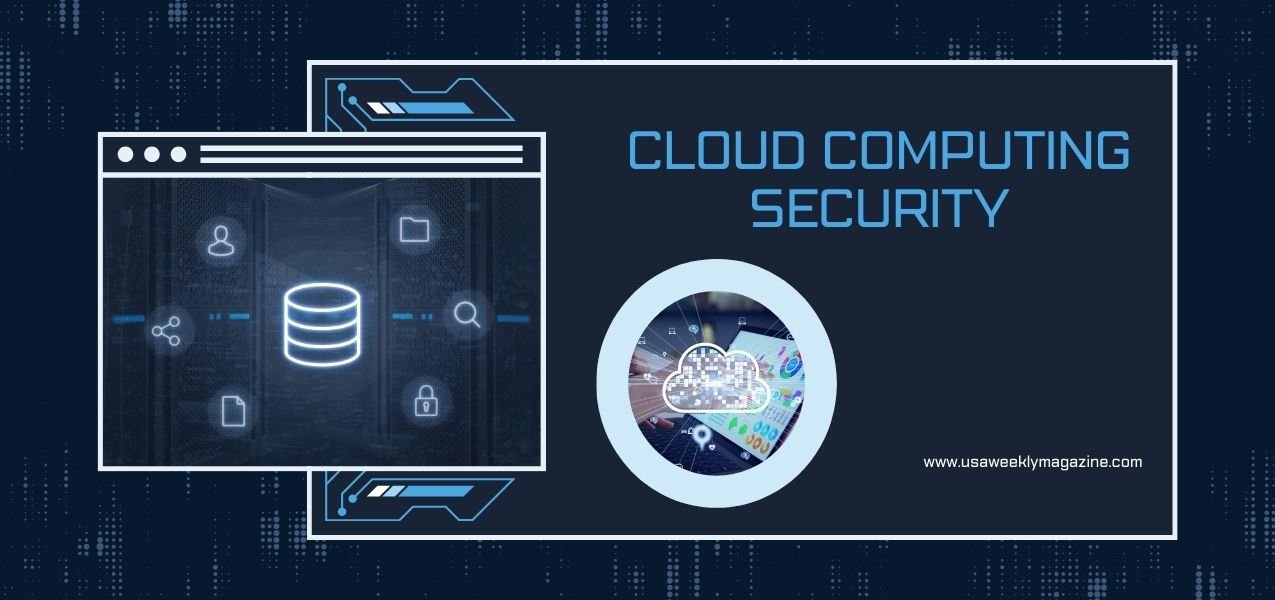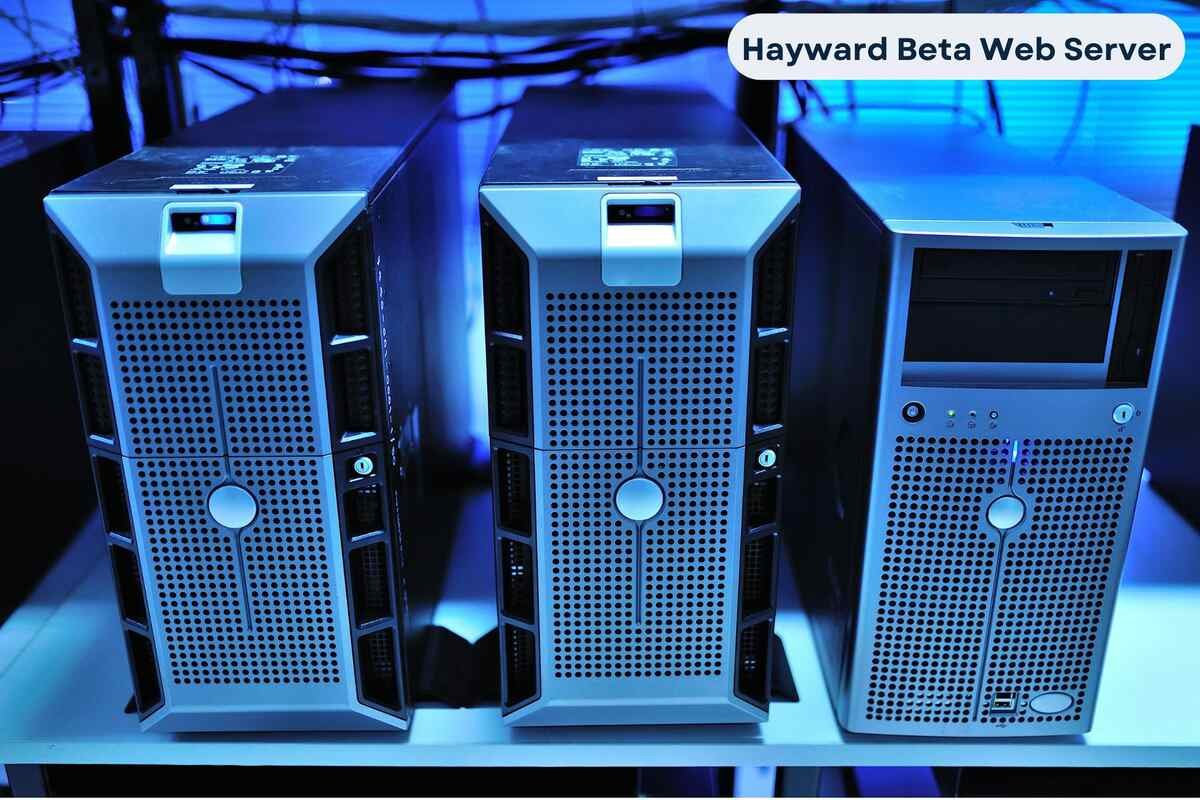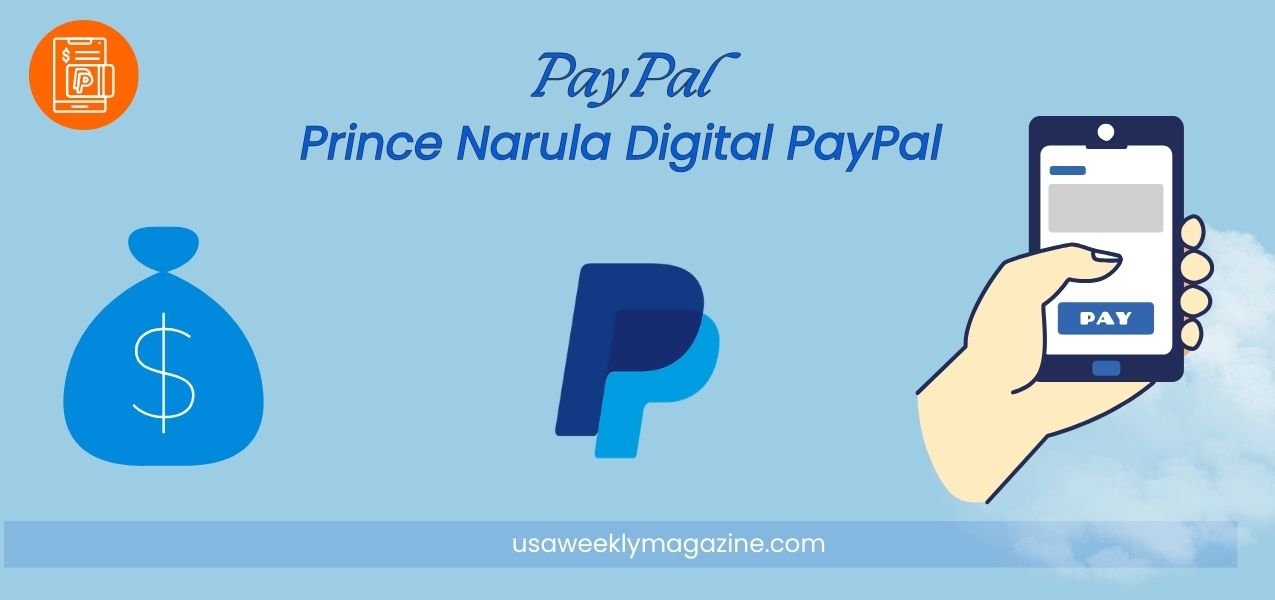What is cloud computing cyber security fundamentals?
Cloud computing cybersecurity involves a set of practices designed to protect cloud-based systems, data, and applications from cyber threats. These fundamentals include data encryption, access control, compliance with regulations, and the shared responsibility model between cloud providers and customers. These basics ensure that sensitive data is safeguarded against unauthorized access, data breaches, and other security risks.
Why is cloud computing security important?
Cloud computing security is critical as it protects sensitive information like customer data, financial records, and intellectual property stored in the cloud. Without robust security measures, organizations risk financial losses, legal penalties, and reputational damage due to data breaches or cyberattacks. Strong security protocols help businesses comply with regulations like GDPR and HIPAA, ensuring trust with stakeholders and protecting operational continuity.
What are the main challenges in cloud computing security?
Key challenges in cloud computing security include:
- Data breaches, where cybercriminals target cloud environments to access sensitive data.
- Insider threats, which involve negligent or malicious actions by employees or contractors.
- Insecure APIs and interfaces, which expose vulnerabilities in cloud services.
- Data loss due to human error or hardware failure.
- Compliance risks from failing to meet data protection standards such as GDPR or industry-specific regulations.
What are best practices for cloud computing security?
Organizations should follow these cloud computing security best practices:
- Data encryption ensures that sensitive data remains unreadable without proper access.
- Access control and multi-factor authentication (MFA) limit access to critical data, ensuring only authorized personnel can interact with sensitive information.
- Regular security audits and security monitoring in cloud computing detect vulnerabilities or suspicious activities early.
- Data backup and recovery plans help ensure data can be restored in the event of accidental deletion or cyberattacks.
- Compliance management ensures adherence to standards for security in cloud computing like ISO/IEC 27001 or NIST.
What is a cloud computing security policy?
A cloud computing security policy is a document that outlines the guidelines, controls, and best practices that an organization must follow to protect data and resources in the cloud. Key components include:
- Access control measures.
- Data encryption protocols.
- Incident response procedures.
- Compliance with legal standards.
- Employee training on security risks.
This policy defines roles and responsibilities for both cloud service providers and customers, ensuring a coordinated approach to securing cloud environments.
What is a cloud computing security framework?
A cloud computing security framework provides a structured approach for securing cloud systems. Common frameworks, like NIST Cybersecurity Framework, ISO/IEC 27001, and CIS Controls, help organizations implement security controls, manage risks, and maintain compliance. These frameworks guide businesses in protecting data, monitoring for threats, and responding to incidents efficiently.
How does security monitoring in cloud computing work?
Security monitoring in cloud computing involves the continuous tracking and analysis of cloud systems to detect and respond to cyber threats in real-time. This includes monitoring cloud activity, reviewing logs, and using AI-based tools to detect abnormal behavior, such as unauthorized access. Effective monitoring ensures faster threat detection and response, helping mitigate potential damage from cyberattacks.
What is the shared responsibility model in cloud computing security?
The shared responsibility model in cloud computing security splits security responsibilities between the cloud provider and the customer. Providers are responsible for securing the cloud infrastructure (e.g., data centers and networks), while customers must secure their data, applications, and access controls. Understanding this model is crucial for ensuring all security aspects are covered.
Conclusion
Ensuring cloud computing security is vital in the digital age as businesses increasingly use cloud technologies. By following best practices such as encryption, implementing strong security policies, adopting structured cloud computing security frameworks, and conducting regular security monitoring in cloud computing, organizations can protect their sensitive data and remain compliant with standards for security in cloud computing.










